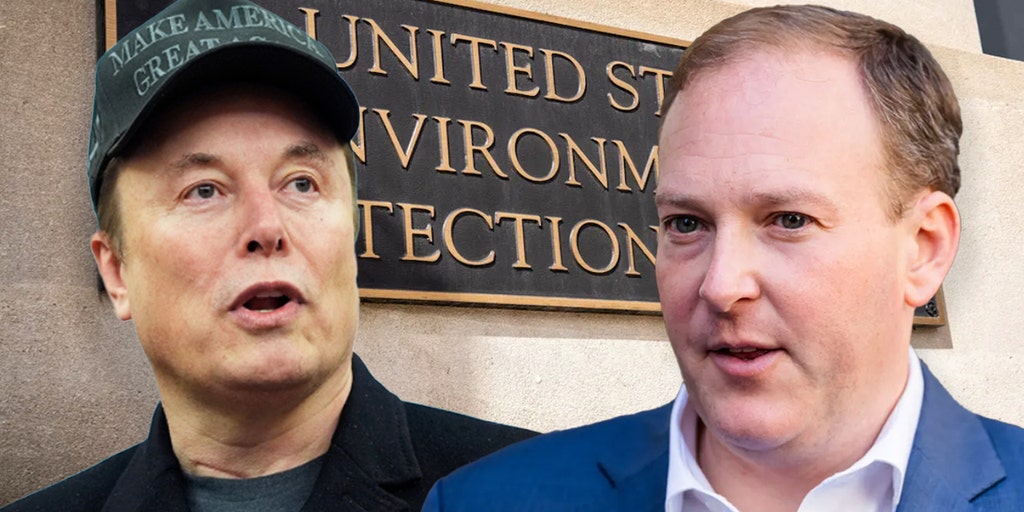Green Dollars: How DOGE and EPA Are Reclaiming $67M for Environmental Justice

In a significant policy shift, the Environmental Protection Agency (EPA) and the Department of Government Efficiency are set to slash nearly $70 million in environmental grants originally established during the Biden administration. This substantial budget cut signals a potential realignment of environmental funding priorities and governmental spending strategies.
The decision comes as a stark contrast to the previous administration's environmental investment approach, potentially impacting critical climate and conservation initiatives across the United States. These grants, which were designed to support various environmental protection and sustainability projects, will now face significant reductions that could hamper ongoing research and community-level environmental efforts.
Experts suggest that the budget cuts may have far-reaching consequences for local environmental programs, scientific research, and community-based sustainability projects that relied on federal funding. The move raises questions about the future of environmental policy and the commitment to addressing climate change at both national and local levels.
While government officials argue that the cuts are part of a broader effort to streamline spending and improve fiscal efficiency, environmental advocates express concern about the potential long-term impacts on environmental protection and climate resilience.
As the landscape of environmental funding continues to evolve, stakeholders are closely watching how these budget reductions will shape future environmental initiatives and policy directions.

